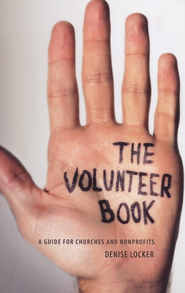One of the greatest advantages and hindrances to the performance classroom is 'the Concert.' While this is an authentic, project-based learning opportunity, it can leave students in the "teach to the test" hamster wheel if not consciously avoided by the educator- not unlike other content areas preparing for state assessments. Within the comprehensive musicianship model, we are most concerned that students go deep into the DNA of the piece and not just surface level understandings (accurate notes and rhythms). A culture stressing performance can fall into the trap of elevating that element to a place first-importance, above other critical, and equally important artistic understandings (e.g., composition, improvisation, connecting repertoire to cultural and historical elements, etc.)
The culture is difficult to change, because it is sometimes challenging for educators to completely shed the paradigms used when they were a student and formative educator, even though they are in efforts to utilize researched, best-practices in pedagogy. We see this also in the general population's comments regarding education, as individuals project their own experiences from school into the current educational landscape. The good news for these overhead projectionists is that much has changed in our schools and learning communities since the 1960s ... and even the 2000s. Heck, even last year!
The new National Arts Standards will take some time to gain momentum. After 20 years of one framework, the new paradigm places greater emphasis on the process of creativity and not the product - thought still important. Although music educators often pontificate their classroom as a breeding ground for the development of 21st Century skills (including creativity), this is often a misnomer. Without intentional learning activities to fight against the "performance is king" mindset, much of the performance-based model is purely re-creational (after all, Mozart needs to sound like Mozart, not Brahms). Music educators must be cognizant of this easy trap and provide learning that equips students with skills and understandings beyond the current repertoire.
The 2014 "re-imaged" standards take students through the entirety of the creative process: Create - Perform - Respond - Connect, with subcategories in each. I anticipate this structural change to have major implications for the kind of student schools produce, if properly executed. I encourage you to take a moment to share these standards with your district's administrators and curriculum personnel. The website is exceptionally user friendly - Kudos to the developers.
Though we have increased the number of music standards from 9 to 11 (no, this is not a This is Spinal Tap reference), the strands equip students to deeply understand and connect with how the creative process unfolds in the real world. The standards state clear, yet intentionally broad, learning objectives that provide educators and students the necessary freedom to develop their own understandings and experiences (Marzano, 2009).
I am looking forward to the journey and unpacking these standards for my students.

